Youth sports play a major role in the lives of our children and provide many benefits to their health, growth, and development. It is understandable that the shutdown in the spring was hard for these young athletes and their families.
As youth sports resume this fall, it is important to understand the risks involved so you can make an informed decision for your family. The CDC has released Considerations for Youth Sports to help provide guidance. There is also a great Youth Sports Safety Checklist
The following information is from www.healthychildren.org :
Youth Sports & COVID-19: Understanding the Risks
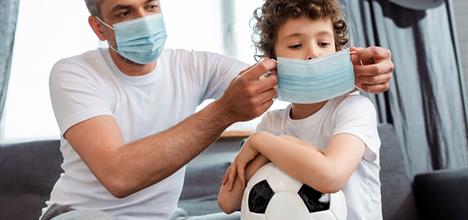
The sudden loss of sports during COVID-19 shutdowns was hard for many young athletes and their families. Understandably families and young athletes are looking forward to returning to sports as soon as they can but are rightfully concerned about safety during this pandemic.
As sports resume in your area, it will be important for you to understand the risks and make choices that take into account what is going on in your community and what is best for your family. To help you make an informed decision about whether your child should return to playing a sport, we have broken down some key risk factors associated with sports participation.
What type of sport is it?
Sports that allow for individual participation and physical distancing, like golf or cycling, are going to be less risky than sports that involve a lot of close contact like basketball or wrestling.
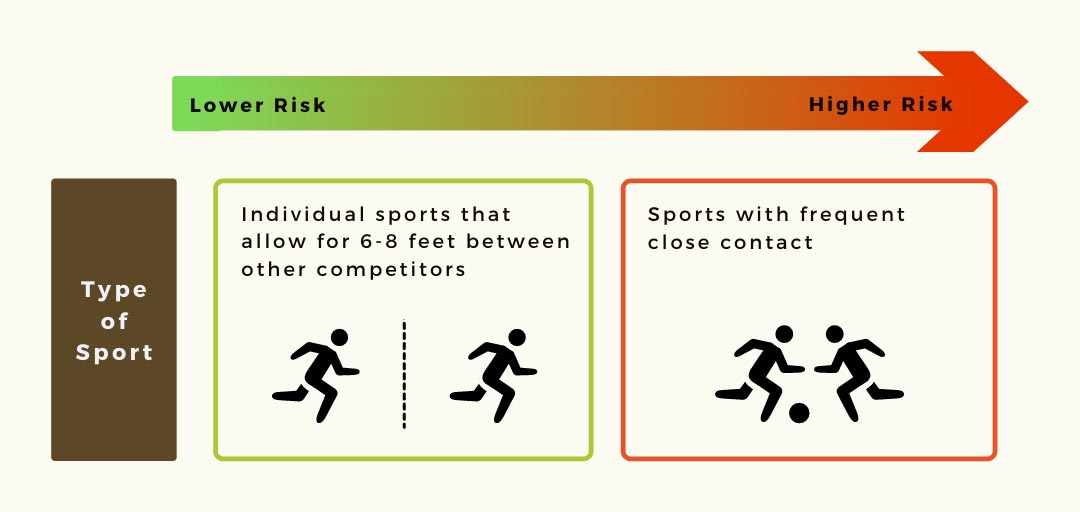
Do players share equipment?
Sports without shared equipment, like cross country, will likely be less risky than sports such as football that are played with a shared ball.
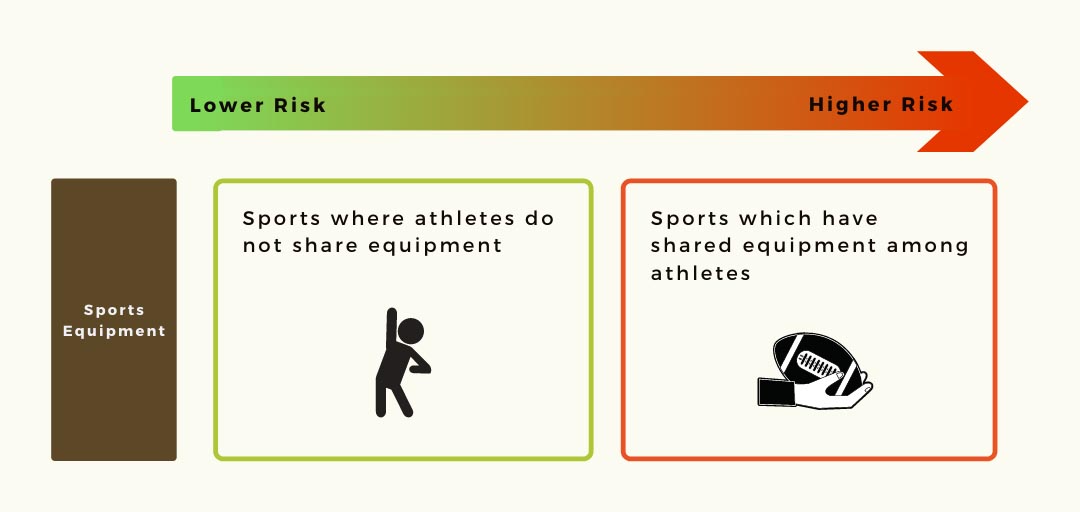
How long are athletes in contact with each other?
Sports with limited exposure to other players may be a safer option. A sprint in a track race, for example, may be less risky than sports that put someone in close contact with another player for an extended period of time, like an entire half of a game.
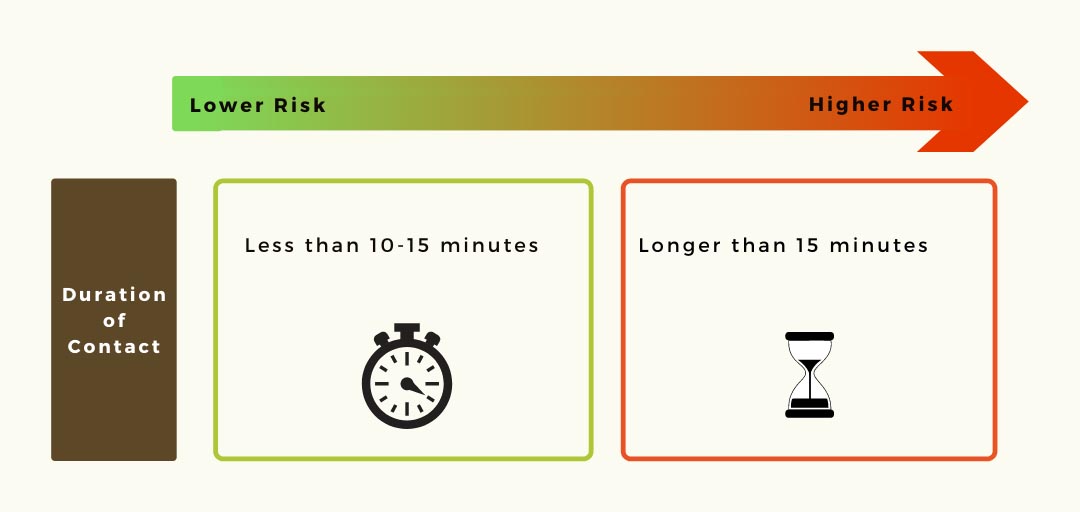
Is it an inside or outside sport?
Where athletes train, practice and compete also impacts risk. Data suggests that COVID-19 is more likely to spread in closed indoor spaces with poor ventilation. So indoor sports will likely be more risky. Prioritize outdoor venues for sports whenever possible.
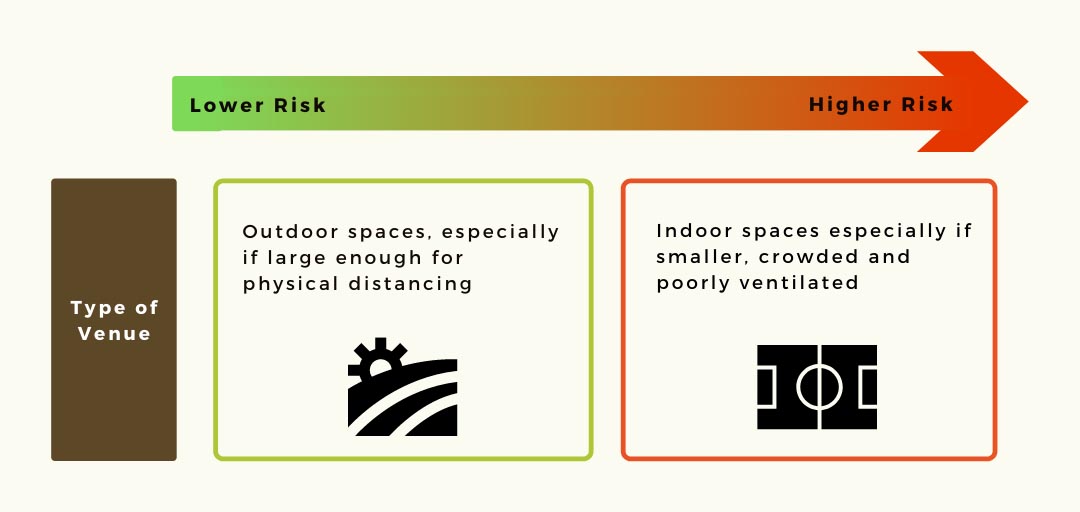
How many players are on the team?
The more people someone interacts with, the greater the chance of COVID-19 exposure. So small teams or practice cohorts that stay together, rather than mixing with other teams or coaches, will be a safer option. This will also make it easier to contact individuals if there is an exposure to COVID-19.
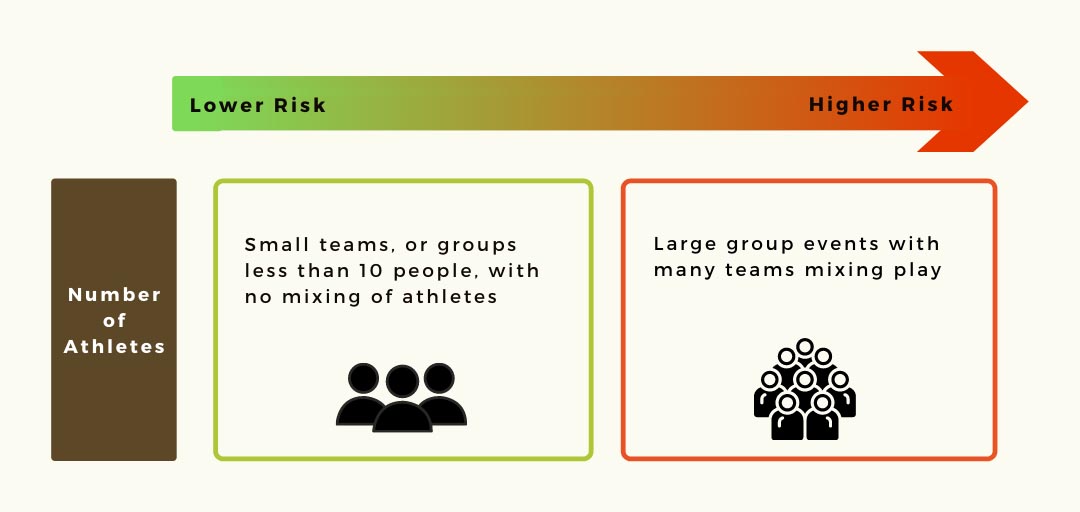
Do the teams travel?
Staying within your community will be safer than participating on travel teams. Traveling to an area with more COVID-19 cases could increase the chance of transmission and spread. Travel sports also include intermixing of players, so athletes are generally exposed to more people.
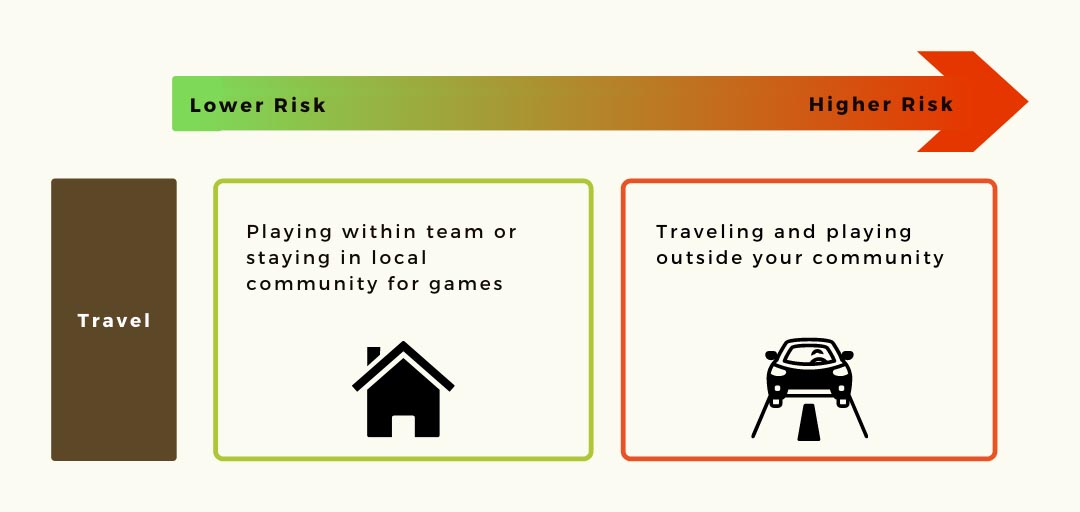
Are masks being worn?
Wearing cloth face coverings is an effective way to reduce the spread of COVID-19 through respiratory droplets. At sporting events, it is common for coaches, players and spectators to raise their voices while shouting, singing or chanting. The more people who wear masks, the less likely there will be transmission of COVID-19. If nobody is wearing a cloth face covering, the risk of spread will be much higher. Spectators should wear cloth face coverings, especially at events held indoors or where it is hard to keep a safe physical distance from others. Coaches, athletes and officials should wear cloth face coverings whenever safe and possible.
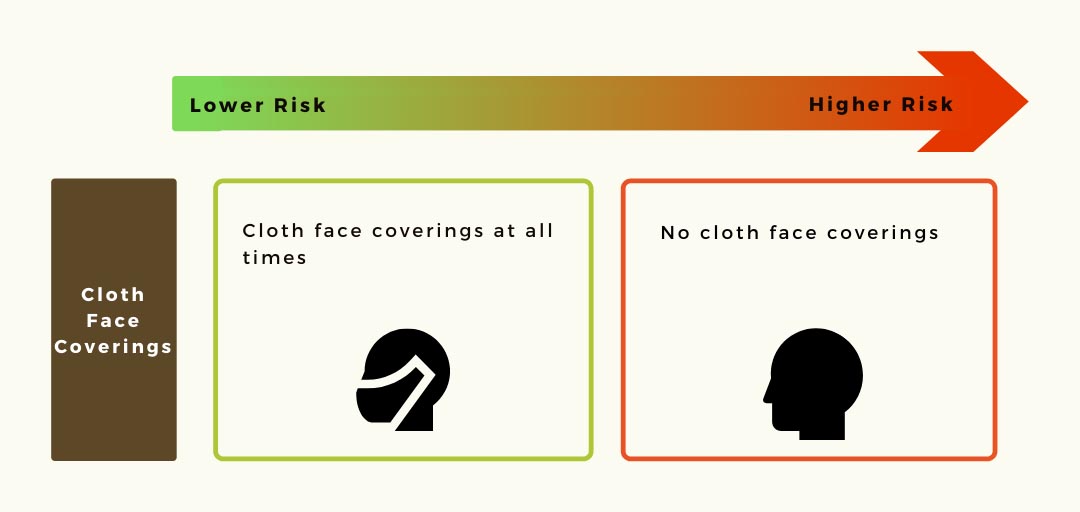
Is everyone following COVID-19 safety procedures?
In order to create safer environments for everyone, new safety procedures will be put in place for practices and games. Parents, athletes, coaches and staff should work together to help keep everyone healthy and safe by following them! When people do not follow these precautions, it can put the whole team at risk. So remember to be a good teammate and fan and follow the new safety rules.
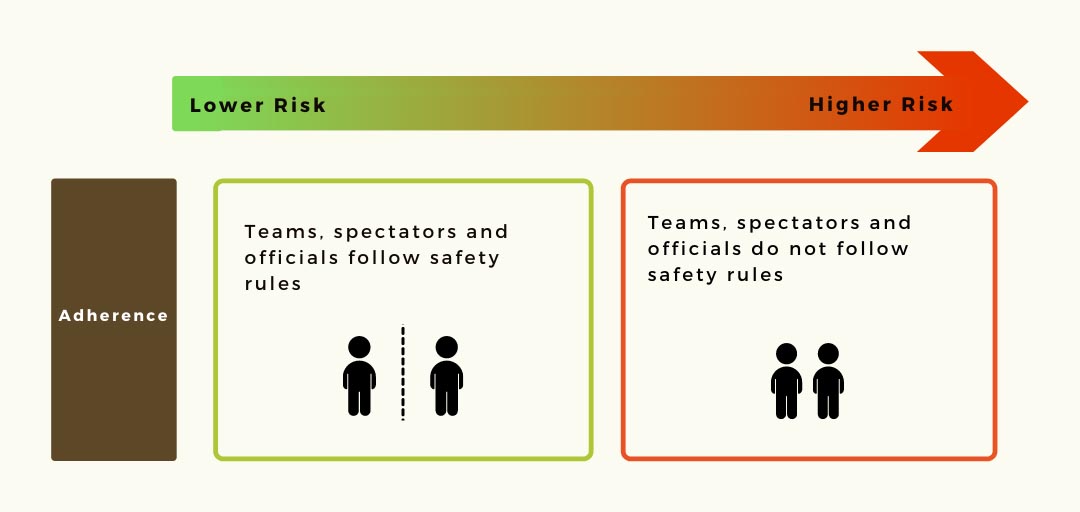
Along with the American Academy of Pediatrics, this information was developed jointly by:

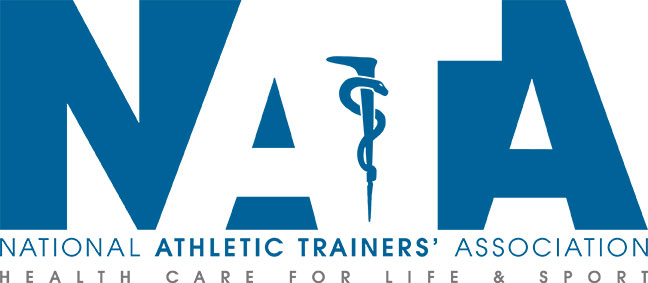
Last Updated 7/22/2020Source American Academy of Pediatrics, American Medical Society for Sports Medicine, and the National Athletic Trainers’ Association (Copyright © 2020)
« Vaccines are SAFE
